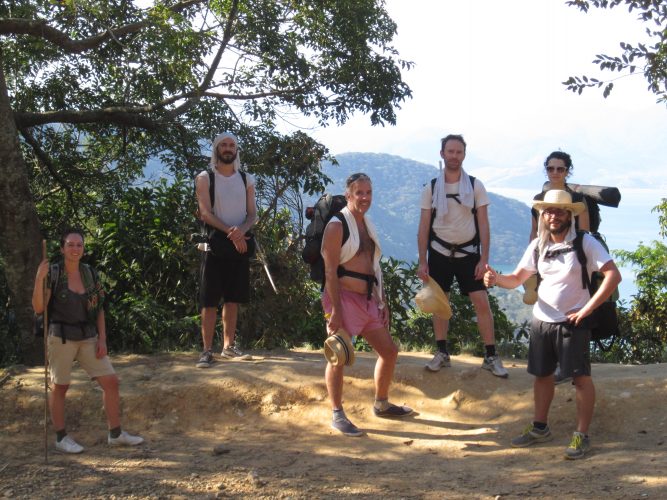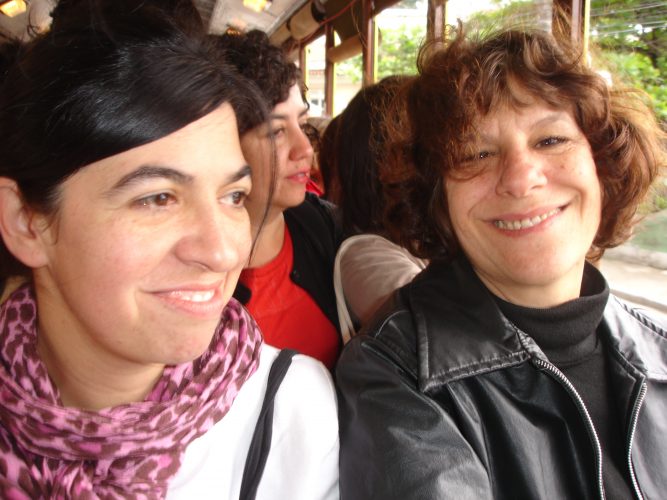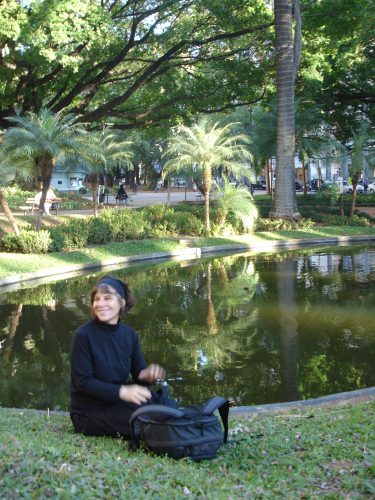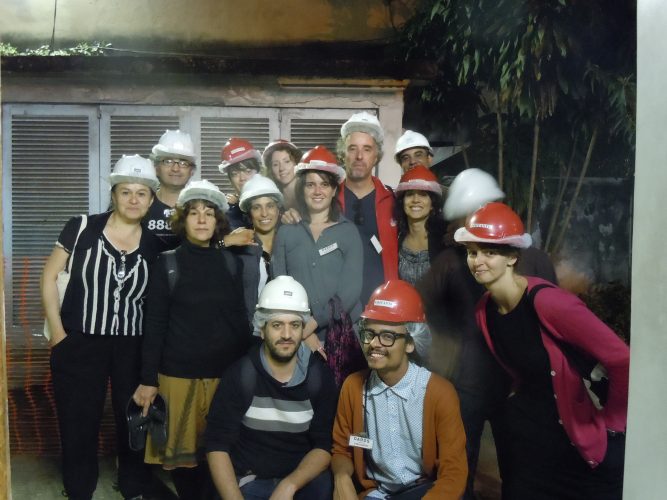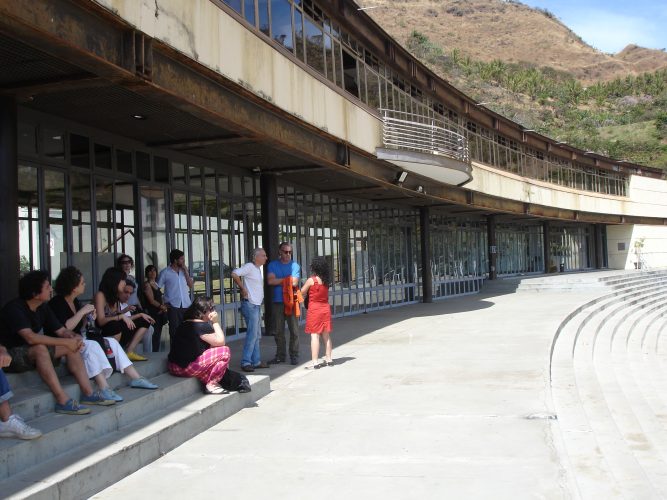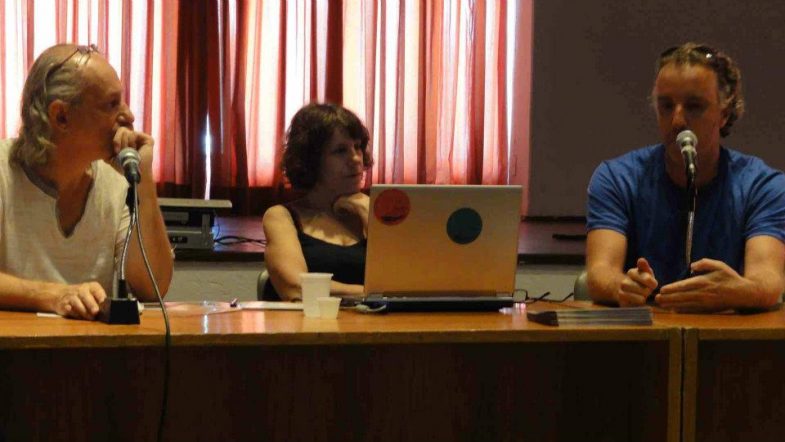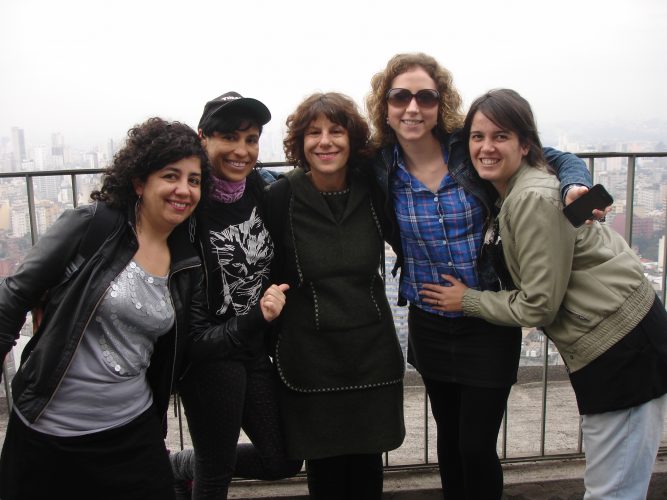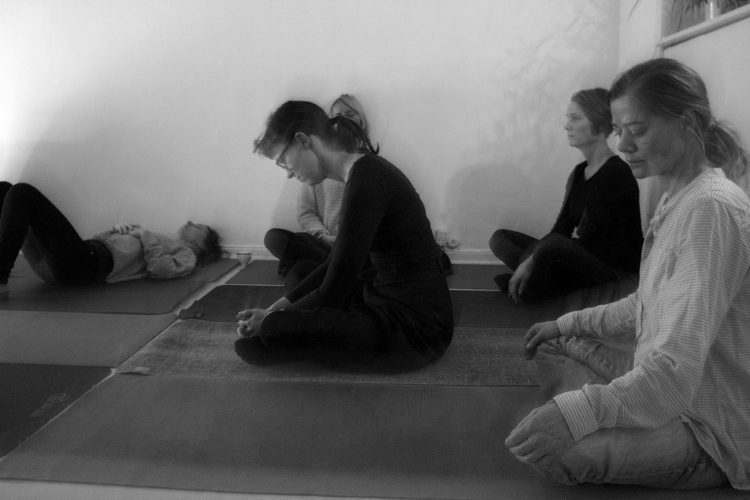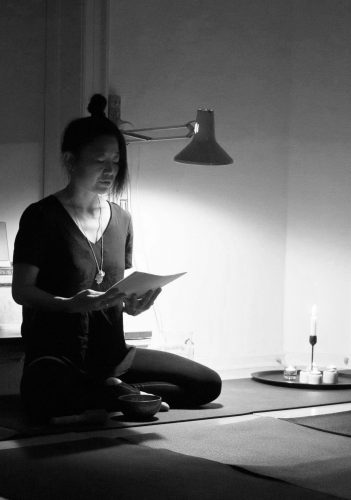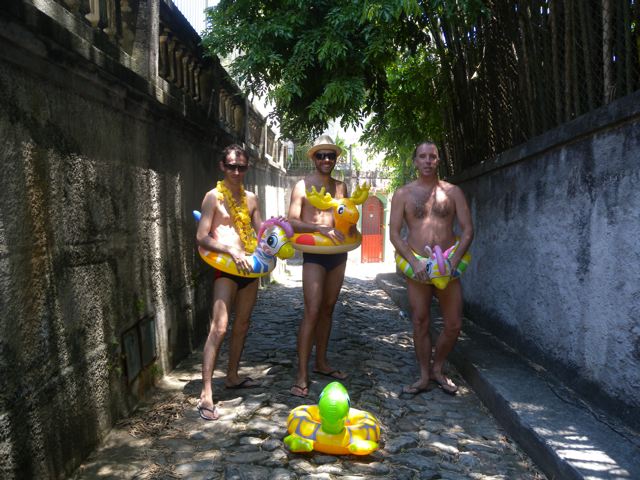Jonas Staal (1981) is artist and founder of the artistic and political organization New World Summit (2012-ongoing) and the campaign New Unions (2016-ongoing). Staal’s work includes interventions in public space, exhibitions, theater plays, publications, and lectures, focusing on the relationship between art, democracy, and propaganda. Recent solo exhibitions include Art of the Stateless State (Moderna Galerija, Ljubljana, 2015), New World Academy (BAK, basis voor actuele kunst, Utrecht-Centraal Museum, Utrecht, 2015) and After Europe (State of Concept, Athens, 2016). His projects have been exhibited widely, among others at the 7th Berlin Biennial (2012), the 31st São Paulo Biennale (2014), and the Oslo Architecture Triennial (2016). Recent books by Staal include Nosso Lar, Brasília (Jap Sam Books, 2014) and Stateless Democracy (BAK, 2015). The artist is a regular contributor to e-flux journal and completed his research Propaganda Art in the 21st Century at the PhDArts program of the University of Leiden.
+
Parallel Cities, Parallel Histories
“During my 2012 experience in Capacete, São Paulo, I developed the project Nosso Lar, Brasília.
A friend had taken me for various walks through the city, to try to make me aquainted with its complex urban infrastructure. In various corners we encountered evangelical and spiritist centers, the latter of which struck me due to posters and imaginery of a futuristic society, which I imagined to be a depiction of some form of “heaven.” How was it, I wondered, that the left had so much difficultly imagining a post-capitalist society, whereas the spiritists seemed to have no hesitancy to use three-dimensional modelling to represent their ideal, eternal and utopian looking world?
I began researching the background to these images, and quickly came across the work of psychographer Chico de Xavier, that was a messenger on behalf of the dead throughout his life: writing countless books on behalf of wise spirits and diseased poets. Most of the stories he transcribed related to Nosso Lar, or “Our Home”: a hyper-modernist regeneration colony in the afterlife, where spirits either prepare for their re-incarnation on earth, or to move further into new levels of spiritual awakening.
I had not yet made the comparison between Nosso Lar and the Brazilian modernists, such as Lucio Costa and Oscar Niemeyer. But when I was preparing for a travel to Brasília, and a psychographed map of Xavier depicting Nosso Lar accidentally was laying next to a map of Brasília, the resemblance struck me. The engineered nature of both cities seemed nearly identical. Had there been any connection between the spiritist movement around Xavier and the Brazilian modernists? Did these two city models – one in the beyond, one in our present-day reality – have anything to do with one another? Did they match size, function, ideology?…
The answer was neither yes or no. The models had much to do with one another, too much almost. But just not enough to say that they were the same. They form parallel cities, and parallel histories, hovering over and nearby one another – touching at unexpected moments. And just as there is not a single narrative that could account for the endless cities within the city of São Paulo, I realized that I had to develop an approach that could narrate the history of both, without ever becoming the same.”
—
Nosso Lar, Brasília was developed between 2012-13, co-produced by Capacete, the 31st São Paulo Biennial, and Extra City Antwerp. The resulting installation was presented from 2014 onwards, and the book of the same title published by Capacete and Jap Sam Books, Heijningen, the Netherlands.
-
